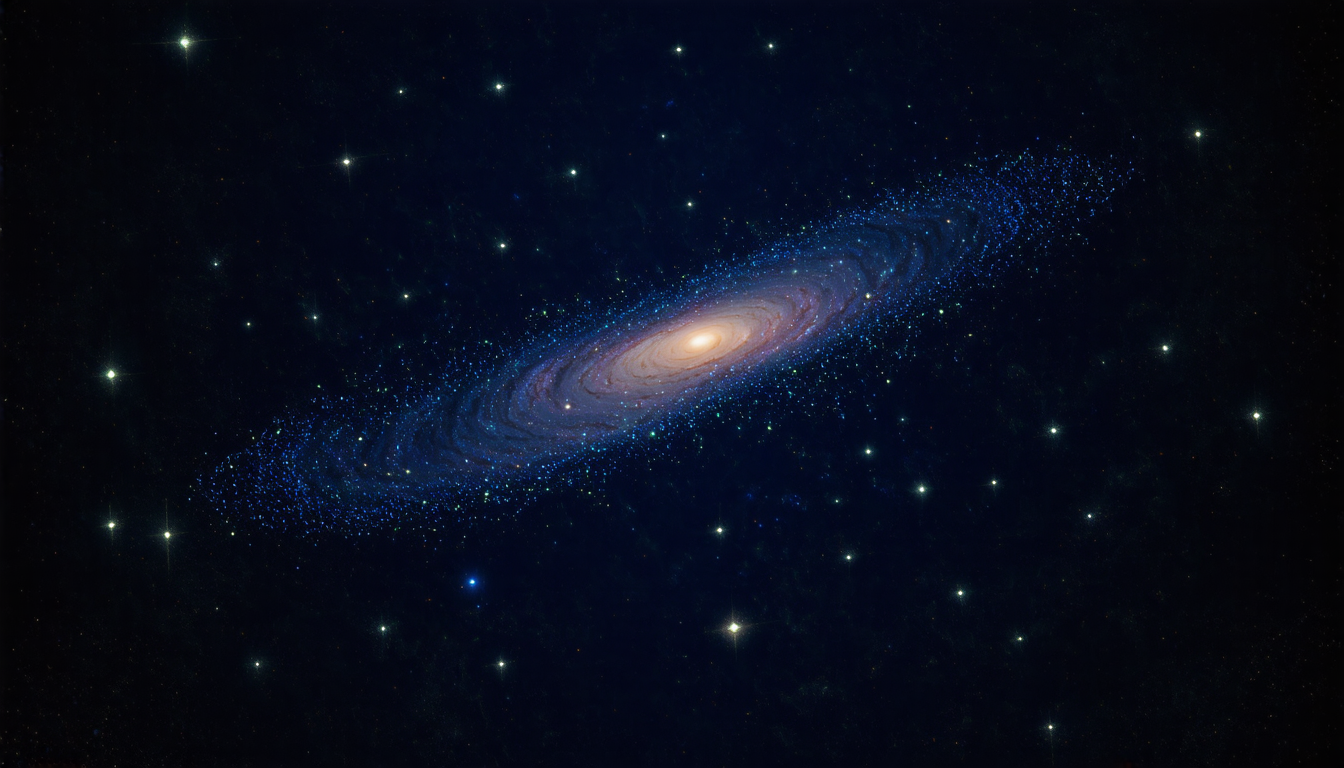Friday 18 July 2025
The hunt for dark matter, a mysterious substance that makes up about 27% of the universe’s mass-energy density, has been ongoing for decades. While scientists have proposed numerous theories to explain its existence, none have yet been proven conclusively. Now, a new study published in Physical Review Letters offers fresh insight into the production of scalar dark matter through a process called freeze-in.
Freeze-in occurs when particles interact with each other at extremely high energies, creating a cascade of reactions that ultimately lead to the formation of dark matter. The key challenge is predicting the rate at which this process occurs, as it’s influenced by various factors such as the mass and interaction strength of the parent particle, as well as the temperature and density of the environment.
To tackle this problem, researchers employed an improved calculation of the freeze-in production rate, incorporating a recently developed framework that accounts for soft scatterings between particles. Soft scatterings occur when particles interact at very low energies, a regime previously neglected in calculations. By including these interactions, scientists can better capture the relevant physics and make more accurate predictions.
The study also introduces a new function to switch off the Landau-Pomeranchuk-Migdal (LPM) effect at high temperatures. The LPM effect is a phenomenon where particles interact with each other through a series of soft scatterings, leading to an enhancement of the interaction rate. However, this effect becomes less significant as temperature increases. By introducing a switch-off function, scientists can avoid overestimating the LPM contribution and improve the overall accuracy of their calculations.
The results show that the LPM effect contributes between 1% and 27% to the relic density of dark matter, depending on the gauge coupling and mass splitting between the DM and mediator particles. This range is significant, as it highlights the importance of including soft scatterings in freeze-in calculations. Additionally, the study compares its results with commonly used semi-classical Boltzmann approaches and finds deviations ranging from -30% to +20%, emphasizing the need for a more accurate treatment.
The implications of this research are far-reaching, offering scientists new tools to better understand dark matter production and potentially shed light on the mystery of its existence. By refining our understanding of freeze-in processes, researchers can narrow down the range of possible explanations for dark matter’s behavior and ultimately move closer to uncovering its true nature.
Cite this article: “Unlocking the Secrets of Dark Matter Production through Freeze-In”, The Science Archive, 2025.
Dark Matter, Freeze-In, Scalar Dark Matter, Physical Review Letters, Particle Interactions, Soft Scatterings, Landau-Pomeranchuk-Migdal Effect, Relic Density, Boltzmann Approaches, Gauge Coupling.







